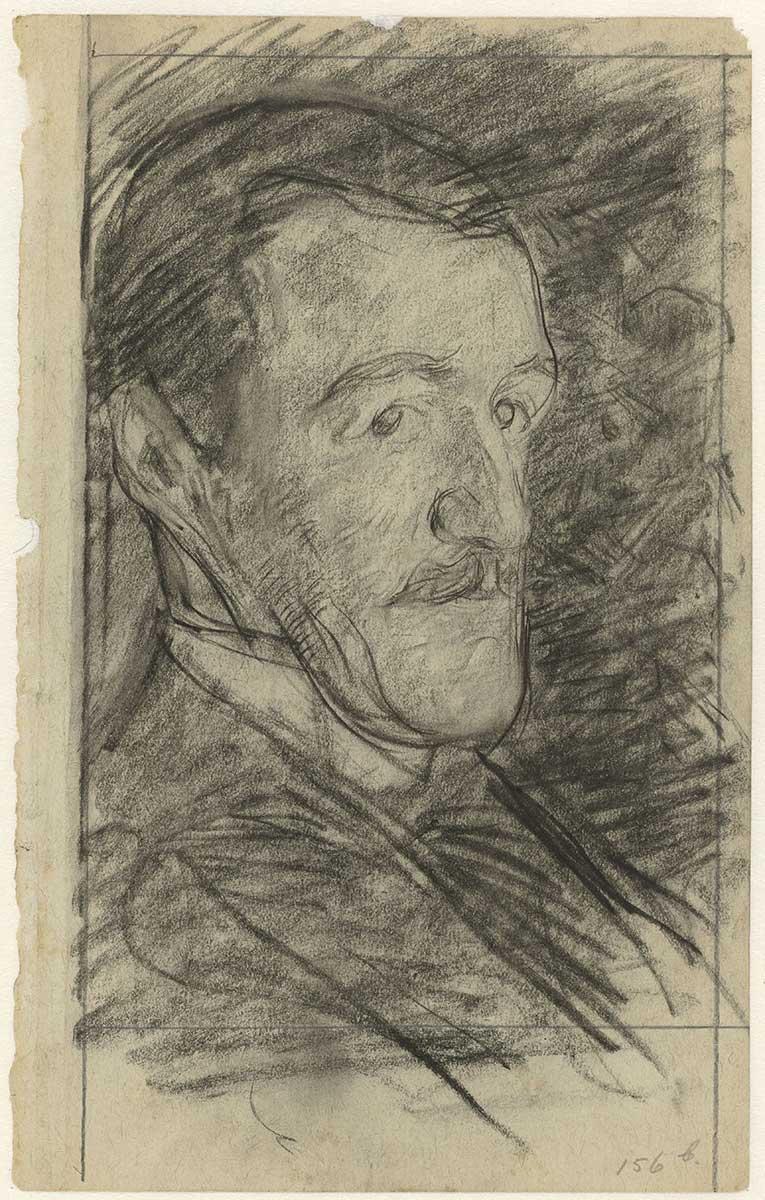
Graphic Grandeur
We use cookies and similar technologies on this website to analyze visits and to show you relevant messages on social media. By clicking 'Accept all' you give permission for their placement and for the processing of personal data obtained in this way, as stated in our privacy & cookie statement.
Our privacy & cookie statement:
Below you can choose which types of cookies you allow on the Escher in The Palace website.

Memento mori: this old Latin phrase reminds people that we will all die some day. This saying is the gloomy subject of the simple yet direct woodcut of Julie de Graag (1877-1924). De Graag was a talented graphic artist and her work was highly stylised. Influenced by sculptor Joseph Mendes da Costa and De Stijl’s Bart van der Leck, she increasingly omitted details, as her linework grew simpler and more direct.
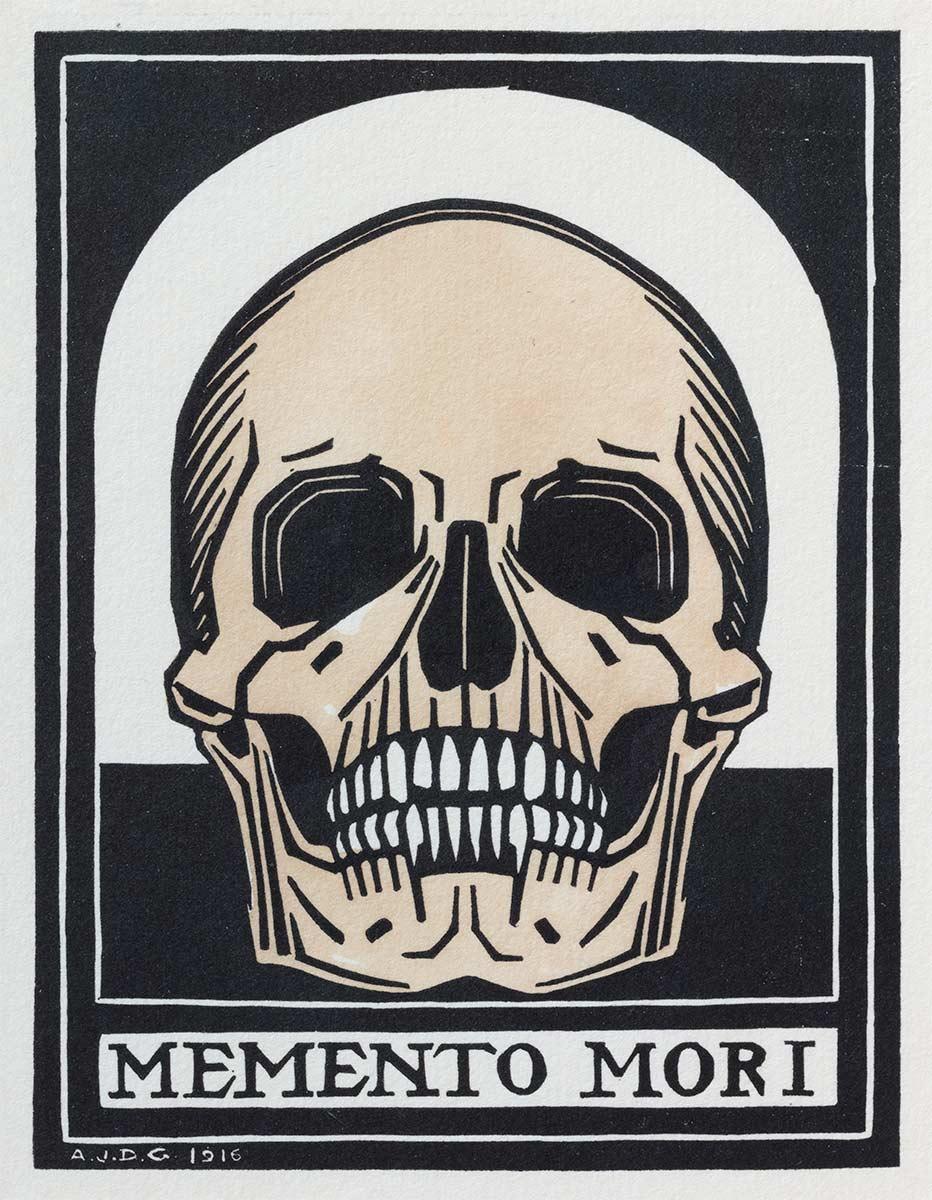
Julie de Graag often chose subjects inspired by nature. By using strong, deft, stylised lines she depicted animals, landscapes, flowers and plants. But she also portrayed more sombre subjects at times, such as this skull, which represents mortality. This subject occupied her in both her work and life. Her own depression could therefore influence her prints. At the age of 46, De Graag committed suicide. The Nieuwe Rotterdamsche Courant newspaper wrote about it: ‘A true artist with a small but insistent voice has passed away’.
The theme of mortality has been explored in the arts for centuries. Symbols in what were known as vanitas paintings, including skulls and snuffed candles, reminded people that life is only temporary. In the exhibition Graphic Grandeur: Escher and his Contemporaries, the print of Julie de Graag is combined with the prints of M.C. Escher. M.C. Escher too was well aware of the Latin saying 'Memento mori', and human mortality is a theme that returns throughout his prints. The most characteristic example is Eye (1946). At first glance it looks like a normal human eye. But nothing could be further from the truth, for the pupil contains a skull that looks directly at the viewer. A stark reminder of death, which is closer than one might think.
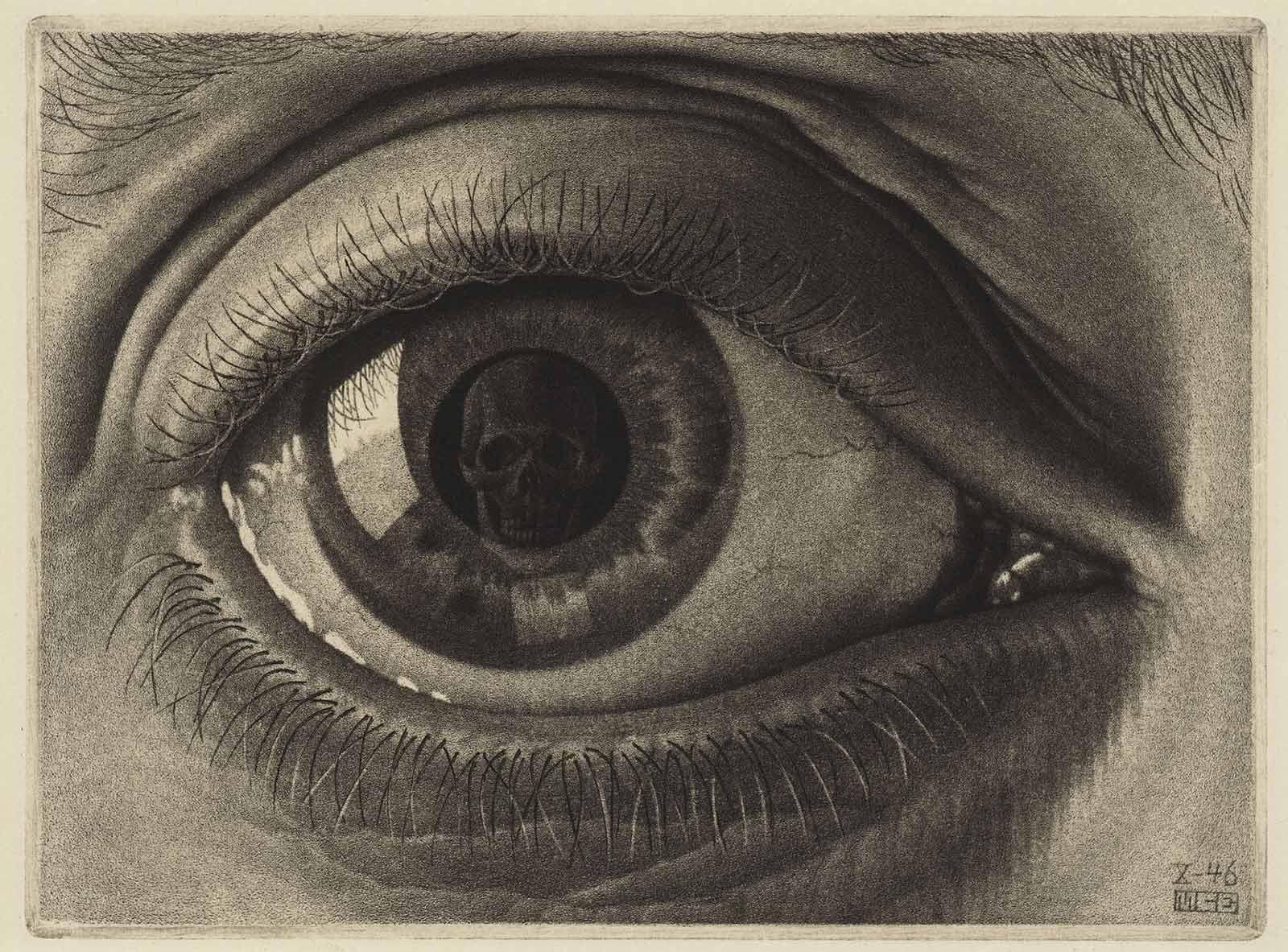
Another popular subject associated with death in the arts is the danse macabre, or dance of the dead, in which dancing skeletons symbolise the fact that everyone – young or old, rich or poor – is equal after death. Escher expressed his fascination with this in a lecture he gave in 1921, while studying at the School of Architecture and Decorative Arts in Haarlem. He saw printmaking as a good medium for depicting the danse macabre “because of the forced austerity and the nobly difficult technique”. He felt the sharp contrast between black and white expressed the idea more purely than painting.

Graphic Grandeur
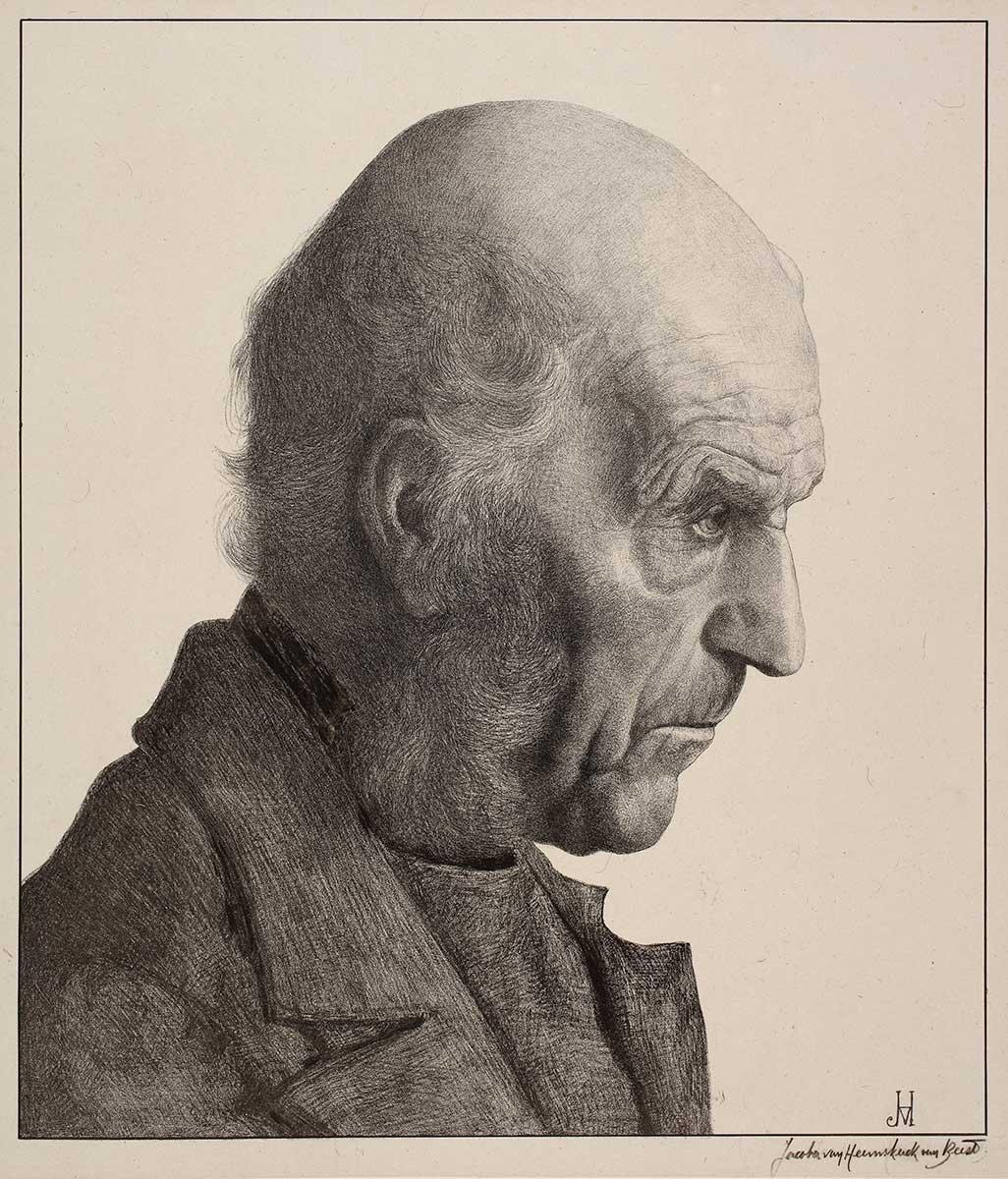
Graphic Grandeur
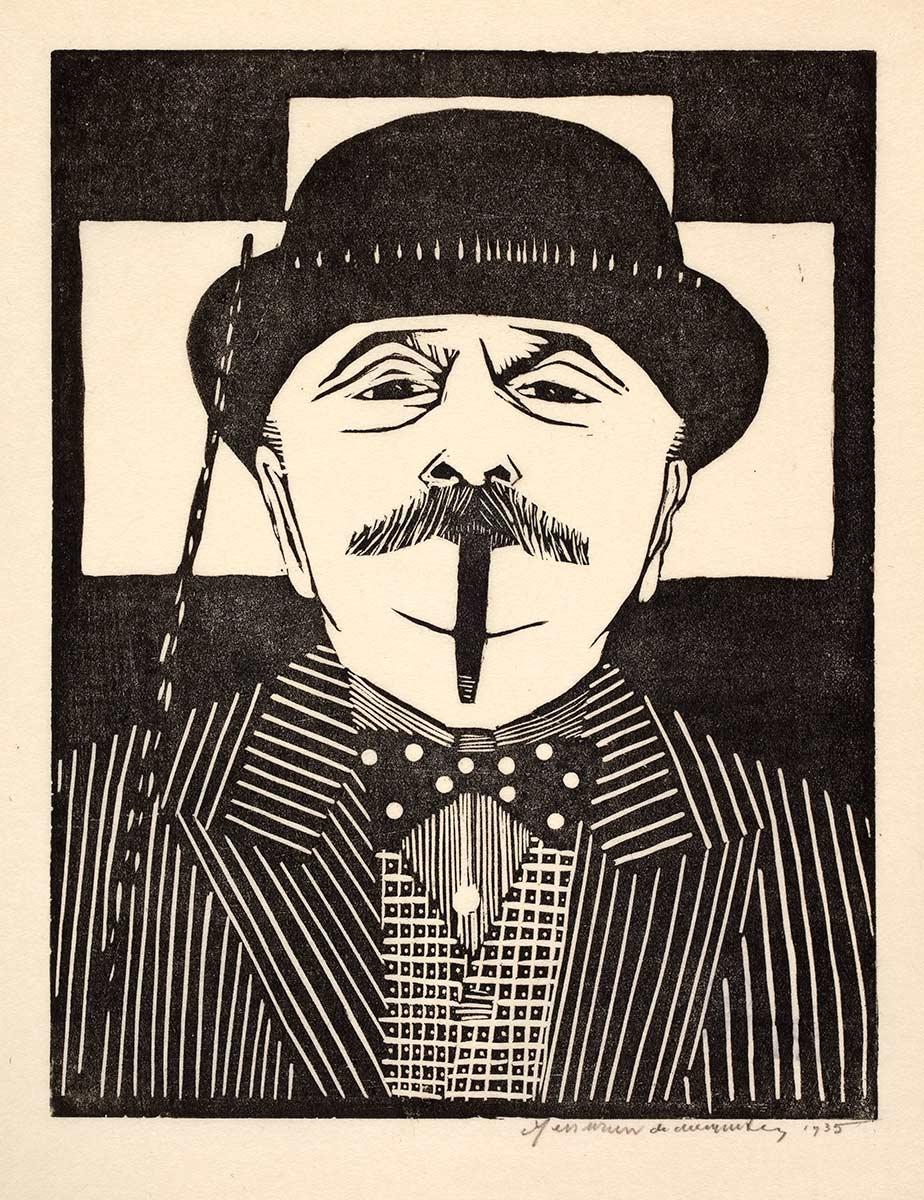
Graphic Grandeur